How to Make a Paperclip Lock Pick that Works
How to Make a Paperclip Lock Pick that Works
Today we’re going to show you how to create a Lock Pick Rake and Tension Wrench using two simple paperclips and a Multi-Tool.
As we’ve mentioned in previous Lock Picking articles, the Rake/Tension Wrench is the most versatile combo to carry for bypassing standard pin/tumbler and wafer locks.
In our last Lock Picking article, a lot of people commented that they were unable to purchase Lock Picks, and couldn’t get involved in learning the skill-set.
After today, you’ll have no excuse not to make your own simple picks, buy a cheap padlock and work on your raking technique. In fact, while we demonstrate creating a rake, you could also make a feeler pick to start learning how to “feel” the individual pins and how they move/bind under tension.
Materials
The first thing you’ll need is a supply of larger paperclips. These that we’ll be using are not the standard small paperclips, but the larger versions. One will be needed for the Rake and one for the Tension Wrench. As you’ll see in the video below, it’s easy to snap these as you’re bending the rake.
This will happen if you bend one direction, and then try to re-bend it in the opposite direction. If you keep to a single bend direction though, these will last a long time and remain strong.
A Multi-Tool works the best to create the necessary bends and twists for the combo. You’ll be mimicking the bends of a “C” Rake, and the right angle of a tension wrench with the second paperclip.
Creation
Rather than try to explain the bends and twists, we’ve created a video that will help show you a hands on demonstration of the creation and successful bypass of a pin/tumbler lock. This DIY combo will take a bit longer to use than a standard Rake/Tension Wrench, but nevertheless just as effective.
Please let us know in the comments if you have any questions regarding creation or use and we’ll be sure to answer them.
How to Pick a Lock
You can expect paperclip lockpicks to feel different in the lock than standard picks. Since they take longer to unlock, paperclips are best used when you have no other lock picks available.
That being said, they can successfully pick a pin/tumbler lock, as you can see in our hands-on demonstration above.
Here are the steps you can take to pick a lock using your paperclip lock pick.
- Place your tension wrench into the bottom of the keyhole.
- Provide very subtle tension with the wrench, rotating it the same way the lock turns.If you apply too much pressure, you may transform the shape of the paperclip. If you don’t apply enough pressure, you won’t be hold the pins you pick successfully. Once you find the right amount of pressure, apply it throughout the entire process.
- Place your pick in the upper keyhole. Make sure the hook is facing the pins.
- Probe the pins. Insert your pick into the back of the lock and locate each pin, slightly lifting each to see how stiff they are. The pin that is the most difficult to move is the first binding pin, which you should start with. Note: Most common household locks made in the USA have at least five pins.
- Start picking the first binding pin. Apply upward pressure to the pin with the pick and continue applying pressure to the tension wrench. Once the pin reaches the shear line, you should feel the pin slightly give. If there’s resistance, continue jiggling the pick and/or releasing just a small amount of tension until the pin reaches the shear line.
- Repeat steps 5 and 6 until you have unlocked each pin. Repeat step 5 to find your next binding pin. Then, pick it with the advice in step 6. Repeat these two steps until the lock rotates and unlocks.
Notes
We encourage everyone reading this article to get involved with lock picking as a skill set through various lock sport groups such as Toool and Lock Sport International. There’s a large community out there of people who understand the value of this skill-set and also like to have fun picking locks.
Here’s the Lock Sport code of ethics, which sums things up nicely:
“You may only pick locks you own or those you have been given explicit permission to pick.”
Lock sport is an honest, ethical, and legitimate hobby. Unfortunately, the whole world hasn’t figured that out yet (though we’re working on it!). Because the lay person has a tendency to perceive what we do as somehow nefarious, it is extra important that we commit to following a strict code of ethics. For this reason, the above credo is non-negotiable in the locksport community. Lockpicking should never, ever be used for illegal or even questionable purposes. Please do not misuse this information. We assume no responsibility for your actions, and in no way condone immoral activity. Help keep locksport fun for all by following strictly the one rule.






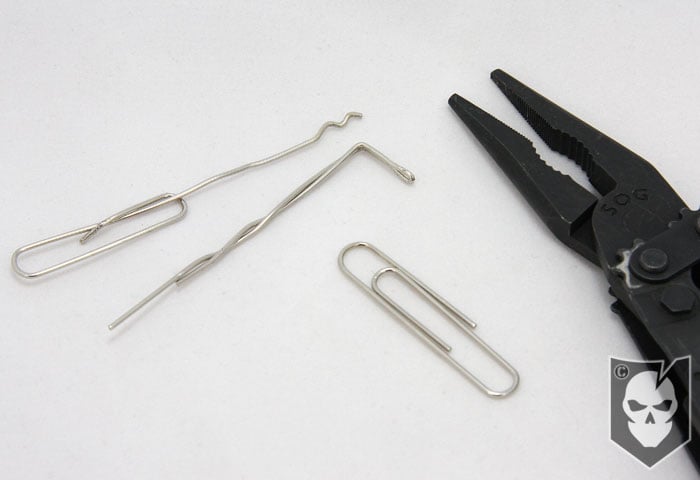
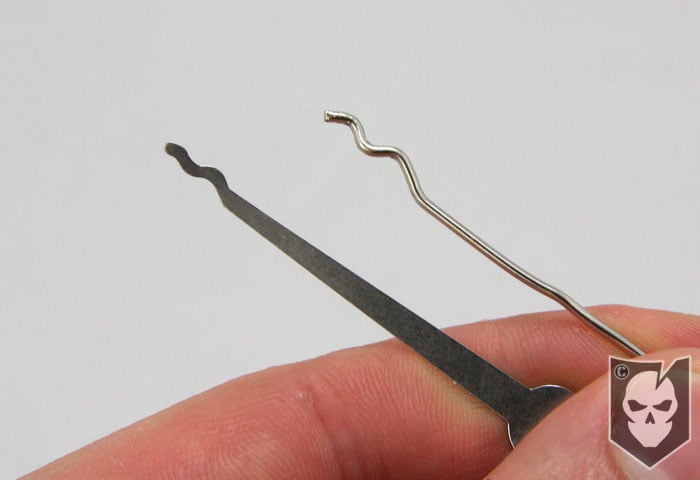
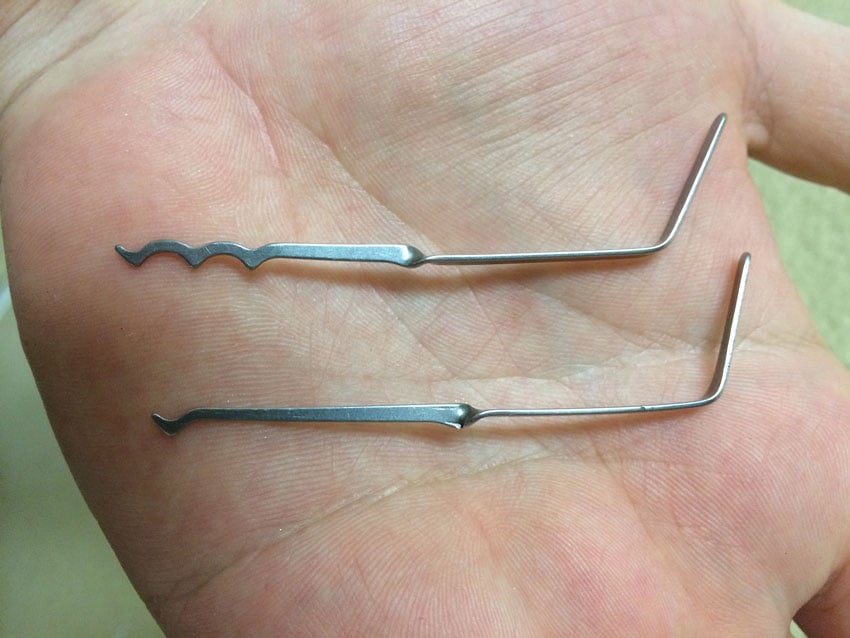
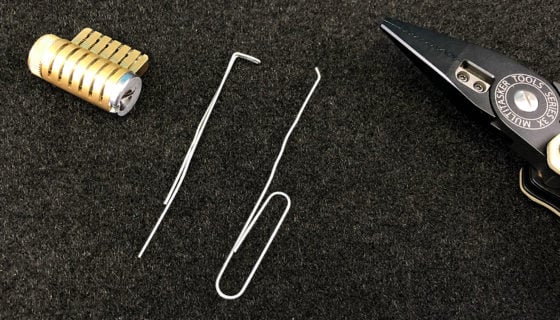
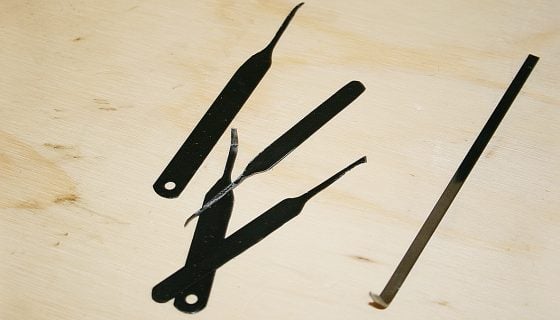
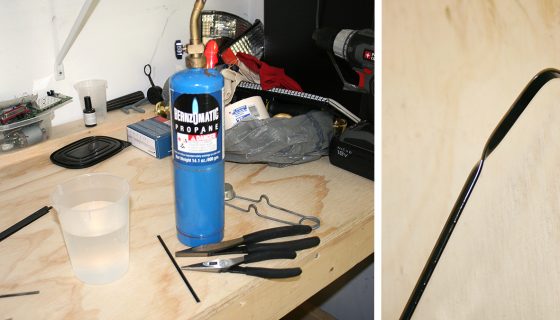

Discussion